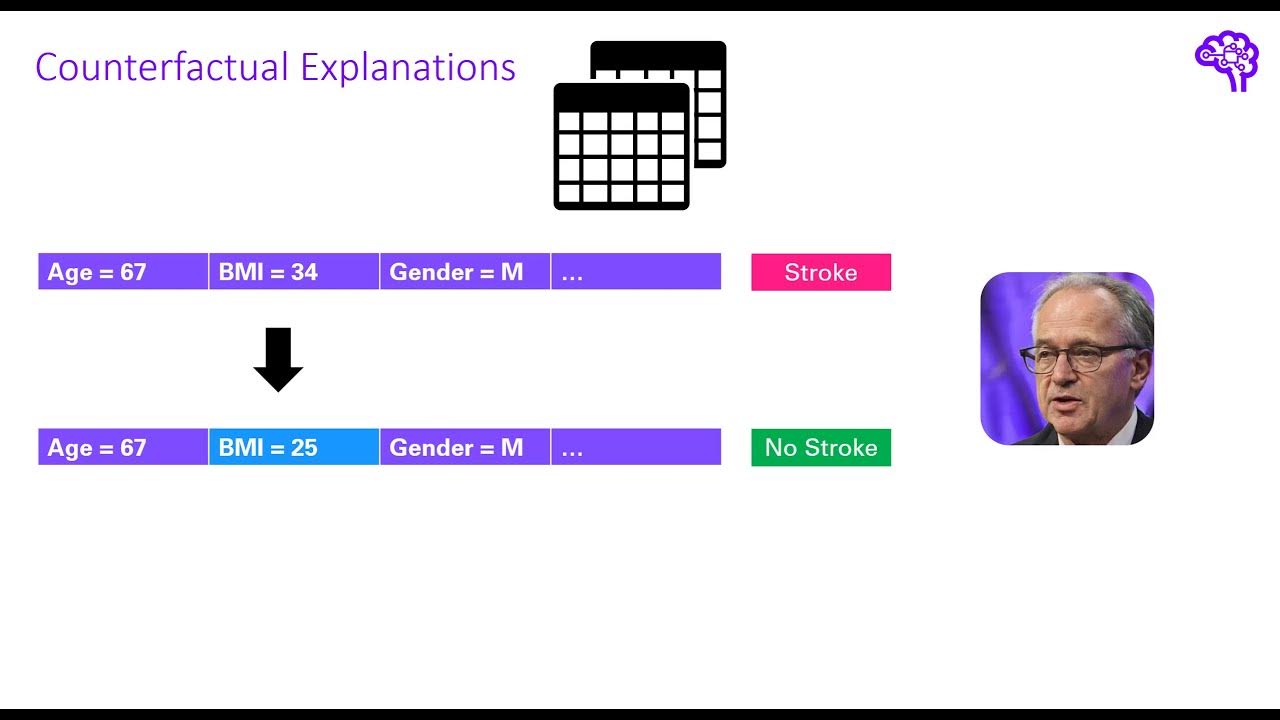Schelling Model Implementation-1(Introduction)
Summary
TLDRThis video script outlines the implementation of the Schelling model, a network model that demonstrates how local homophily preferences can lead to global segregation patterns. The model assumes a grid-like city with two types of residents, each preferring to have a certain threshold of neighbors of their own type. If this threshold is not met, 'unsatisfied' residents move to new, randomly selected locations, potentially affecting the satisfaction of others. The video will show how this process evolves over several iterations, leading to interesting patterns in the distribution of residents.
Takeaways
- 🧩 The Schelling model demonstrates how local preferences for similarity (homophily) can lead to global patterns in a network.
- 🏙️ The model is set in a city grid where individuals live in cells, with some cells being empty and others occupied by individuals of type zero or one.
- 🔄 Cells have neighbors, including diagonal ones, and the number of neighbors can vary depending on the cell's position on the grid.
- 🔗 The city grid can be conceptualized as a network where nodes are cells and edges represent neighbor relationships.
- 🤝 People in the model prefer to live in areas with a certain number of neighbors of their own type, reflecting real-world tendencies for individuals to cluster with similar others.
- 📏 A threshold 't' is used to determine satisfaction; if an individual has fewer than 't' neighbors of their own type, they are considered unsatisfied.
- 🚶♂️ Unsatisfied individuals will move to new, empty cells in an attempt to find a more satisfying environment.
- 🔄 The movement of nodes affects the satisfaction levels of neighboring nodes, potentially causing a ripple effect of satisfaction and dissatisfaction.
- 🔁 The model is iterated, with nodes recalculating their satisfaction status and moving if necessary, leading to evolving patterns in the network.
- 🔮 There are different versions of the Schelling model, with variations in how unsatisfied nodes choose their new locations.
- 💻 The video script outlines the implementation of a version where unsatisfied nodes move to random locations, with the process repeated over several iterations.
Q & A
What is the Schelling model?
-The Schelling model is a theoretical framework used to demonstrate how local preferences for homophily, or the tendency of individuals to associate with others similar to themselves, can lead to global patterns of segregation in a population.
What is the basic assumption about the population in the Schelling model?
-The basic assumption is that the population consists of individuals who are either of type zero or type one, representing two distinct groups or categories.
How is the city represented in the Schelling model?
-The city is represented as a grid with cells, where each cell can either be occupied by a person of type zero or one, or remain empty.
What determines the neighbors of a cell in the grid?
-A cell's neighbors are the cells that touch it, including diagonal cells, which can result in a cell having up to eight neighbors if it is not on the boundary.
How is the scenario of the grid converted into a graph?
-The scenario is converted into a graph by considering the cells as nodes and drawing edges between two cells if they are neighbors on the grid.
What is the common threshold 't' in the Schelling model?
-The common threshold 't' is a parameter that represents the minimum number of neighbors of the same type that a person requires to be satisfied with their location.
What happens when a person in the model is unsatisfied with their location?
-An unsatisfied person, who has fewer than 't' neighbors of their own type, tends to move to a new, empty cell in an attempt to find a more satisfactory location.
How does the movement of one node affect the grid in the Schelling model?
-The movement of one node can affect the satisfaction levels of neighboring nodes, potentially causing other nodes to become satisfied or unsatisfied, thus altering the overall structure of the grid.
What is the process of the Schelling model implementation described in the script?
-The process involves selecting unsatisfied nodes and moving them to new, random locations in each iteration, recalculating the satisfaction levels, and repeating the process for several iterations to observe the emerging patterns.
What are the different versions of the Schelling model mentioned in the script?
-Different versions of the Schelling model may vary in how unsatisfied nodes choose their new locations, with some versions moving nodes to areas where they are more likely to be satisfied, while others may move nodes to any random location.
What is the purpose of running several iterations in the Schelling model?
-Running several iterations allows for the observation of how the initial conditions and preferences evolve over time, leading to the analysis of the final structure of the grid after a certain number of changes.
Outlines

This section is available to paid users only. Please upgrade to access this part.
Upgrade NowMindmap

This section is available to paid users only. Please upgrade to access this part.
Upgrade NowKeywords

This section is available to paid users only. Please upgrade to access this part.
Upgrade NowHighlights

This section is available to paid users only. Please upgrade to access this part.
Upgrade NowTranscripts

This section is available to paid users only. Please upgrade to access this part.
Upgrade NowBrowse More Related Video

Homophily - Definition and measurement

Redes Neurais Artificiais #02: Perceptron - Part I

17.9 - Sample Selection and the Heckman model (Example in R)

AZ-900 Episode 4 | Consumption-based Model | Microsoft Azure Fundamentals Course

Rueda de prensa del Gobernador de Michoacán, #Alfredo Ramírez Bedolla desde Casa #Michoacán

Explainable AI explained! | #5 Counterfactual explanations and adversarial attacks
5.0 / 5 (0 votes)